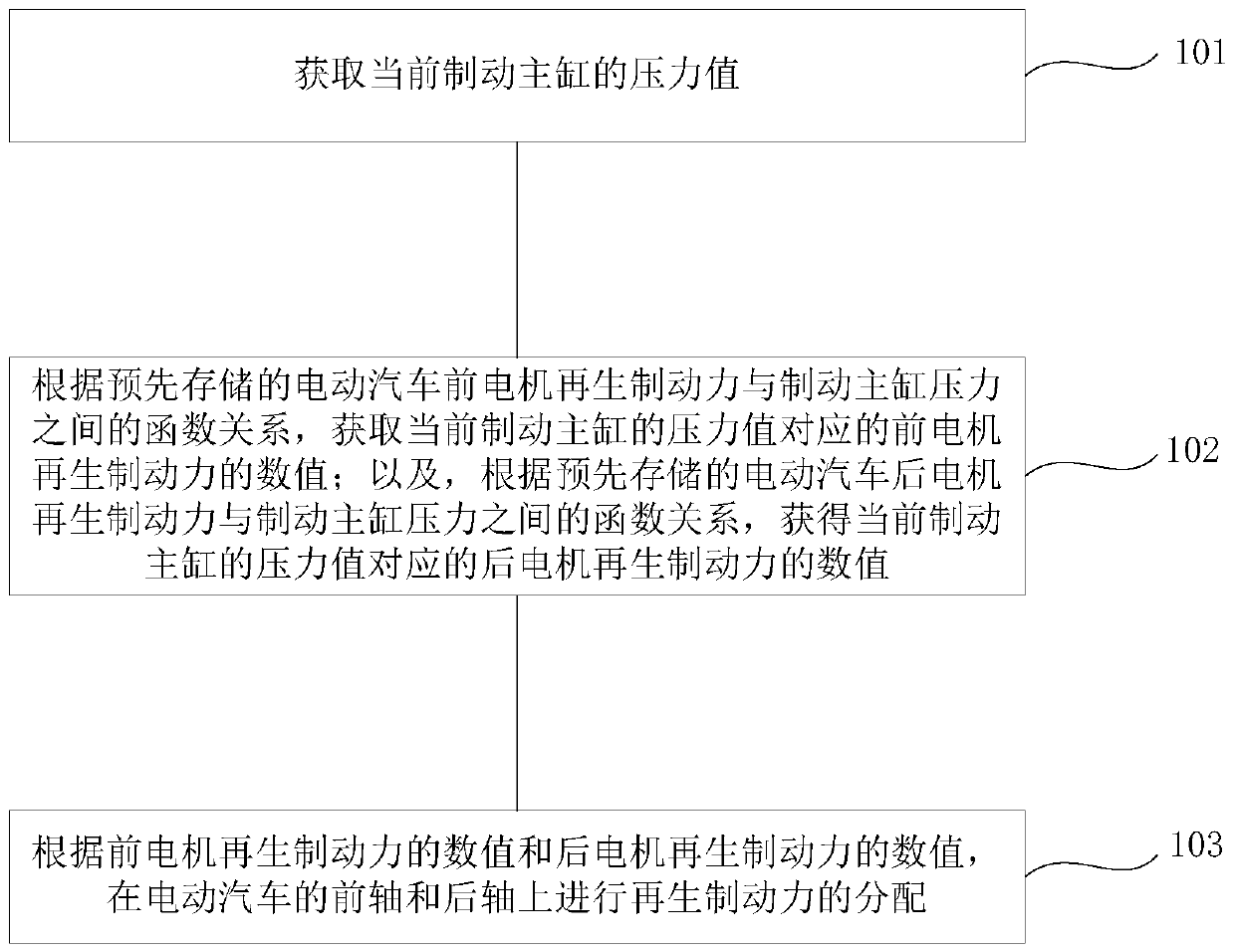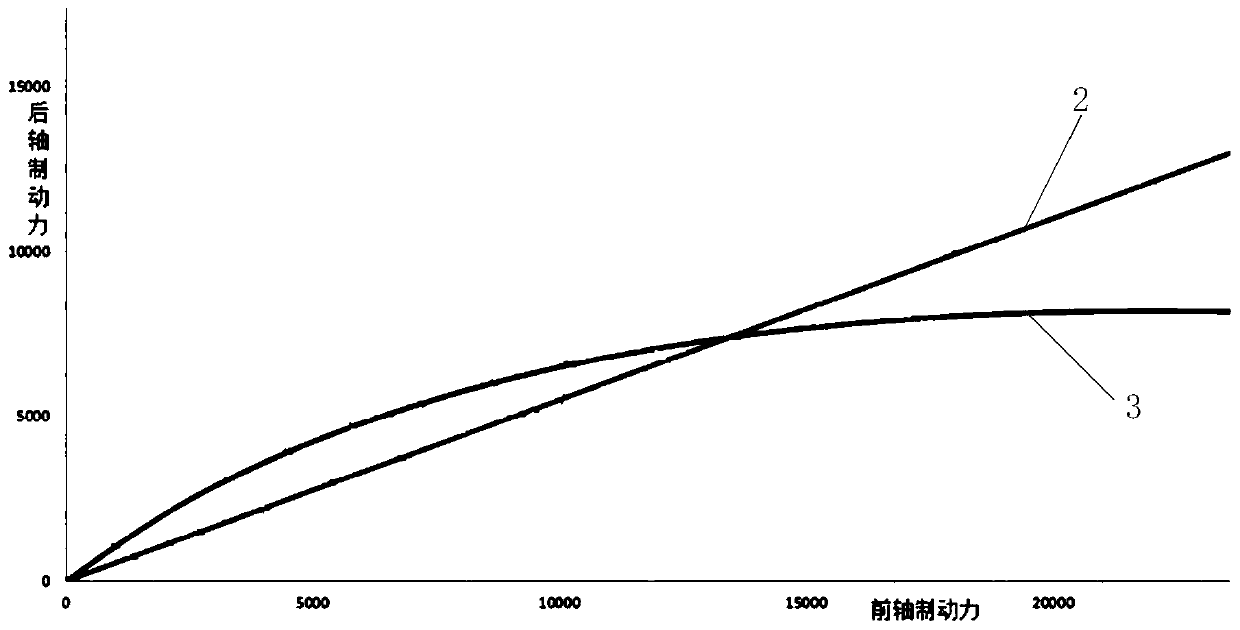Electric vehicle regenerative braking force distribution method
A technology of regenerative braking force and electric vehicles, applied in electric vehicles, electric braking systems, vehicle components, etc., can solve the problems of occupant discomfort, low braking energy recovery rate, low proportion of regenerative braking force, etc.
- Summary
- Abstract
- Description
- Claims
- Application Information
AI Technical Summary
Problems solved by technology
Method used
Image
Examples
Embodiment Construction
[0047] In order to further explain the technical means and effects of the present invention to achieve the intended purpose of the invention, the specific implementation methods, methods, Structure, characteristic and effect thereof are as follows in detail. In the following description, different "one embodiment" or "embodiment" do not necessarily refer to the same embodiment. Furthermore, the particular features, structures, or characteristics of one or more embodiments may be combined in any suitable manner.
[0048] Such as figure 1 As shown, the embodiment of the present invention proposes a regenerative braking force distribution method for electric vehicles suitable for dual-motor independently driven two-axis electric vehicles, which includes:
[0049] 101. Obtain the current pressure value of the brake master cylinder.
[0050] Specifically, the pressure value of the brake master cylinder can be read through the detection component in the brake system of the electr...
PUM
 Login to View More
Login to View More Abstract
Description
Claims
Application Information
 Login to View More
Login to View More - R&D
- Intellectual Property
- Life Sciences
- Materials
- Tech Scout
- Unparalleled Data Quality
- Higher Quality Content
- 60% Fewer Hallucinations
Browse by: Latest US Patents, China's latest patents, Technical Efficacy Thesaurus, Application Domain, Technology Topic, Popular Technical Reports.
© 2025 PatSnap. All rights reserved.Legal|Privacy policy|Modern Slavery Act Transparency Statement|Sitemap|About US| Contact US: help@patsnap.com



